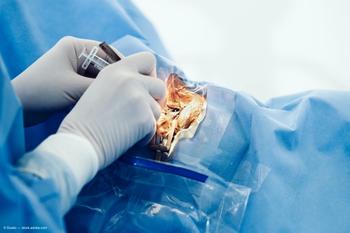
Device allows visually impaired to recognize shapes, distinguish between light and dark.

Device allows visually impaired to recognize shapes, distinguish between light and dark.

Dilation may be an important step to reduce the rate of ungradable images

Technology with potential to improve treatment and evaluation of cortical visual impairment.
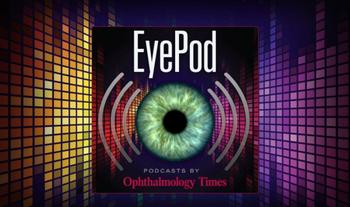
Ranya Habash, MD, discusses telemedicine in ophthalmology amid the ongoing pandemic.

Social media sites offer physicians an opportunity for patient education.

Newly cleared technology for laser cataract gives ophthalmologists another tool.
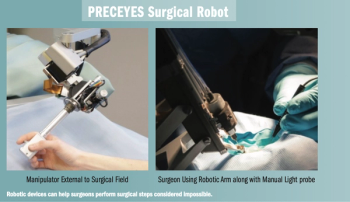
Robotic-assisted procedures are proving more precise in every way when compared with manual procedures: automated assistance controls tremor, reduces fatigue, and helps avoid inadvertent injury.

Glaucoma Research Foundation (GRF) Ambassadors webinar provides platform for idea-sharing by ophthalmologists
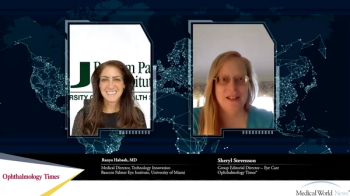
Ranya Habash, MD, medical director, Technology Innovation, Bascom Palmer Eye Institute, University of Miami, speaks on what she wished she’d known about telemedicine in ophthalmology five years ago, the impact of the pandemic in regards to FDA regulations, as well as why the future of telemedicine requires a new way of thinking.

Ranya Habash, MD, medical director, Technology Innovation, Bascom Palmer Eye Institute, University of Miami, speaks on the obvious and not-so-obvious capabilities of telemedicine available to ophthalmologists in the ongoing pandemic.
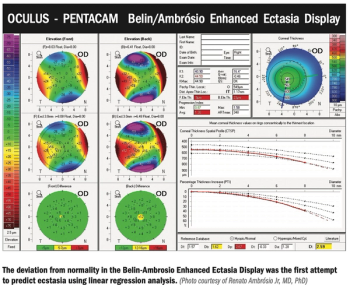
Relational thickness altered tool details LASIK impact on the cornea.
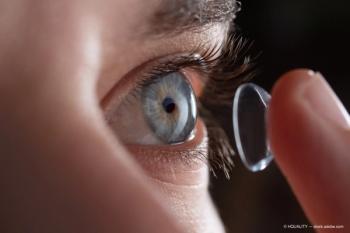
Nanodrop technology improves lens comfort

Susan Coultas, PhD, and Preeya Gupta, MD, share their hopes for continued innovation in the ophthalmic space — including dry eye and retina — as well as the importance of the clinical research process.

S.K. Steven Houston III, MD, shares how his practice has put to use recent retina innovations and adapted to accommodate the ever-changing operating room spacing and set-up in the current COVID-19 environment.
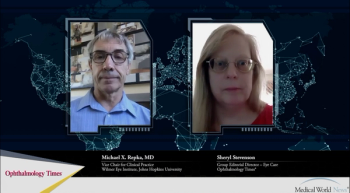
Michael X. Repka, MD, vice chair of clinical practice at Wilmer Eye Institute (Johns Hopkins University) speaks on the institution's latest protocol changes allowing for the resumption of elective surgery as well as the adaptations clinicians have had to make in order to ensure the continuation of clinical practice at Wilmer Eye Institute.
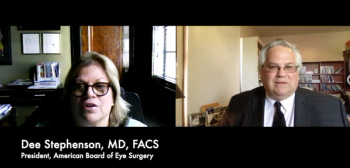
In this second installment, ophthalmologists share how their expectations for "the year of the eye" have compared and contrasted to reality amid the global pandemic.
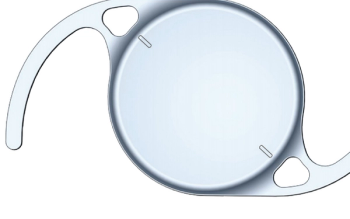
No matter the technology used, it is necessary to customize the implant choice based on the patient’s needs to achieve optimal refractive outcomes.

Emerging technology may be able to fill existing imaging diagnostic gaps

Retina specialists Caesar Luo, MD, of Bay Area Retina Associates (Walnut Creek, CA) and S.K. Steven Houston III, MD, of Florida Retina Institute, share their outlooks on retina innovation in the "year of the eye" amid a global pandemic.
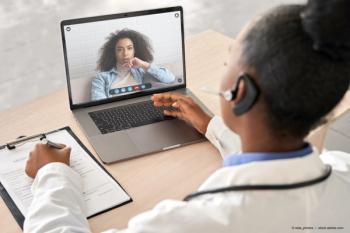
COVID-19 pandemic is accelerating cultural paradigm shift for medical professionals
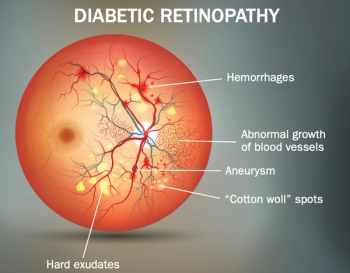
Machine-learning algorithms have potential to predict patients with nonproliferative diabetic retinopathy who will or will not improve over time.
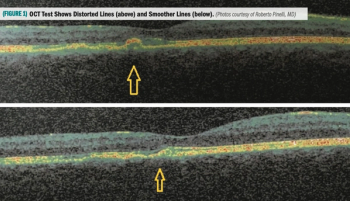
Study results demonstrate effectiveness in treating dry age-related macular degeneration
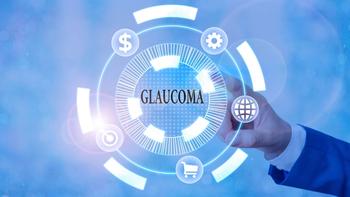
Researchers must weigh emotional, financial, and reputational considerations

Technology is off to a good start, but improvements still needed
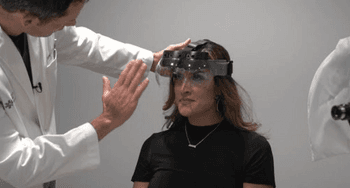
ASRS 2020 coverage: An augmented-reality device provides AMD patients with enhanced reading ability and facial recognition.